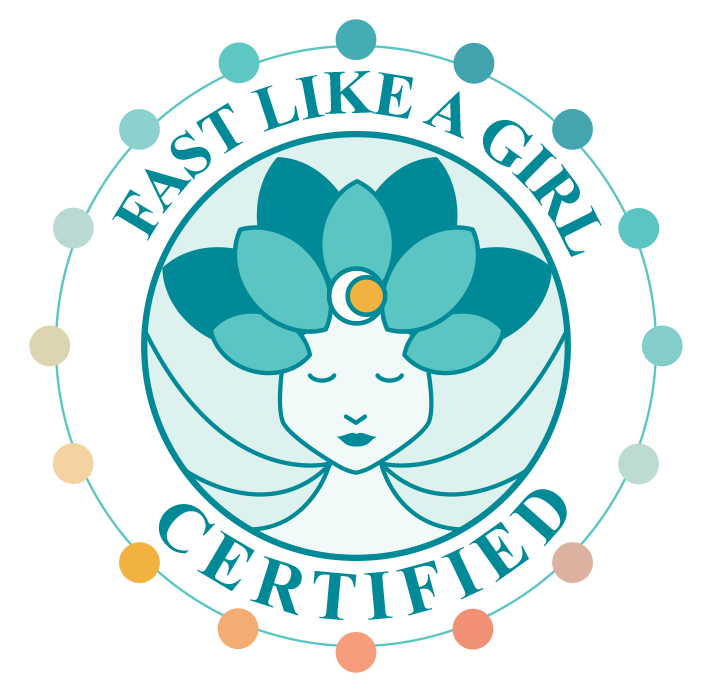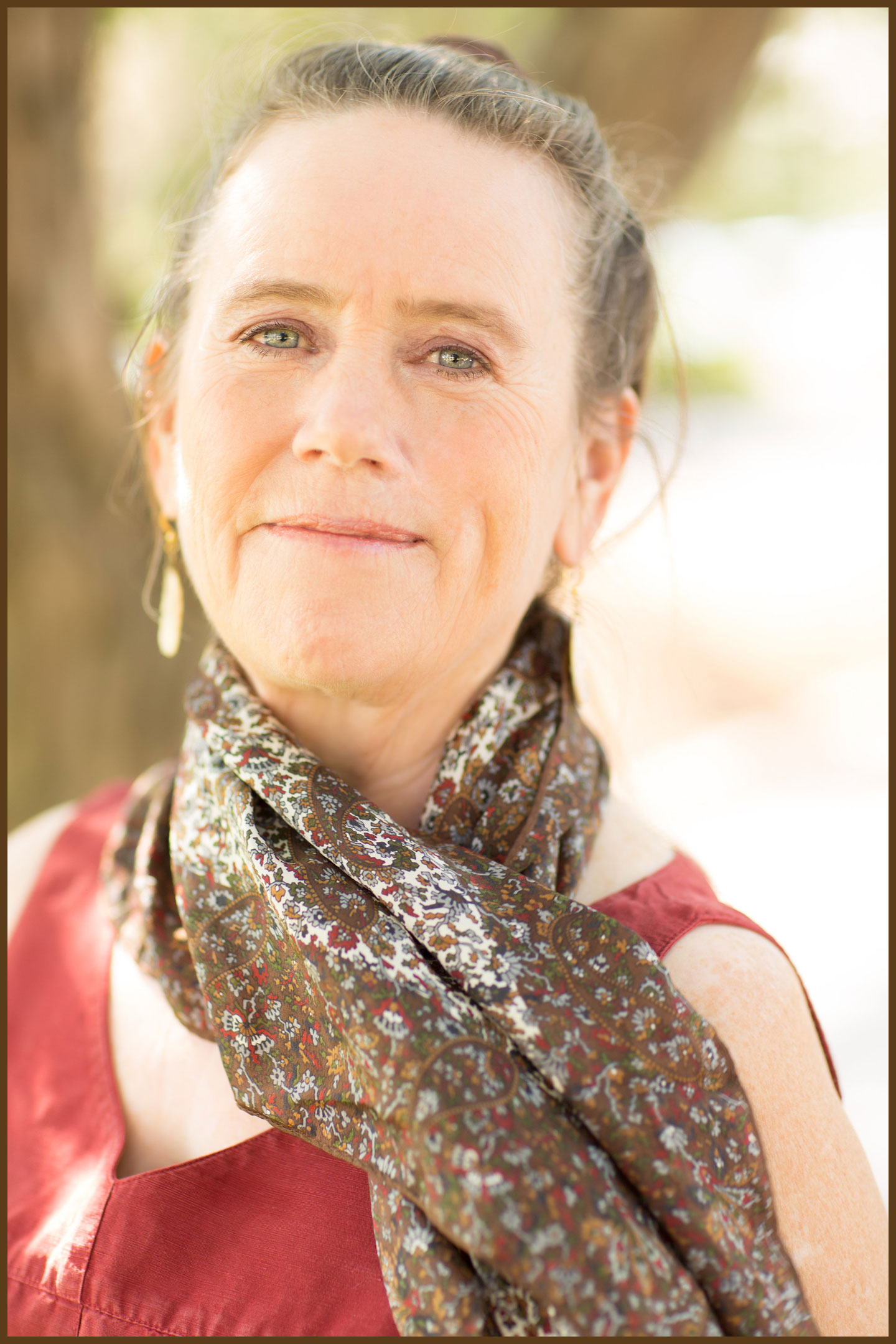In moments that matter, what choice do you make?
Do you count on your good intention to see you through? Is that how you follow through with the activities that will make the most of your day? Is that how you relate to your loved ones or coworkers?
What happens if you are scared, or frustrated, or surprised? Can you connect with your good intentions then?
Or have you formed a habit to see you through? I would bet on a habit every time to win over a good intention.
Why do we have habits?
A habit started as a choice we deliberately made, then stopped thinking about it while continuing to do the same behavior regularly. Habits form because the brain is constantly looking for a way to save energy and effort.
Any routine will become a habit because this allows our brains to save effort. This is an advantage, because the brain needs fewer neurons to perform that function, making the brain more efficient while smaller.
Also, forming habits for routine behaviors frees the mind for more creative pursuits. However, this can be tricky, because we have to have a system to determine when habits should take over.
It is possible that we could miss something important and in situations of uncertainty. To remedy this, the brain becomes more alert at both the beginning and ending of a series of behaviors that have become a habit.
What constitutes a habit?
According to Charles Duhigg, author of The Power of Habit, there is a process in our brains which is a three step loop.
It begins with a cue, a trigger that tells our brains it can go on automatic, and which habit to choose. Next, the cue triggers a routine, a set of behaviors that can be physical, mental, or emotional. Finally, we experience a reward, which determines if we will repeat this habit the next time.
Repeating this loop reinforces the habit, making it more automatic. The brain tends to stop participating in the decision at the beginning as the habit becomes more firmly established.
Can you see the benefit of creating habits so that a cue will override a thought, feeling, or seeming obstacle in life?
Yet, habits can be ignored, changed, or replaced, according to Duhigg.
What determines whether a habit will get deeply established and last?
Cravings
Claude Hopkins, an advertising executive, discovered that he could use cravings to fuel the habit loop. It is a craving that makes cues and rewards work.
He found a simple and obvious cue in his toothpaste success. The cue was the sensation of tooth film when you run your tongue over your teeth.
Then he clearly defined the reward. The Pepsodent toothpaste reward was clean teeth that sparkled and tingled. Again, you could feel it when you run your tongue over your teeth.
But the cue and reward are not enough to strongly fuel a habit. Only when the brain starts expecting the reward, in other words, craving the sense of accomplishment, then the habit will establish.
The cue must not only trigger the behavior, it must trigger a craving for the coming reward.
Pepsodent used citric acid, mint oil, and other constituents to make the toothpaste taste fresh. These are the ingredients that gave a cool, tingling feeling in the mouth. It was this tingling sensation that toothbrushers started craving with Pepsodent.
Without knowing it, Claude Hopkins was selling not only clean teeth, but a sensation in the mouth. It was the sensation that toothbrushers were craving, firmly establishing the habit of brushing their teeth with Pepsodent.
It’s cravings that makes a behavior a daily habit.
Using the power of habits
We may have formed habits without a lot of conscious thought. We may want to form other habits very deliberately. Unfortunately, since we and our habits are all different, there is no one simple solution to establishing and changing habits.
One thing we do know is that the way to extinguish an undesirable habit is to replace the routine with something else. That way the cue and the reward stay the same, while the routine behavior can change. When we have already established a cue, it is next to impossible to extinguish the habit. We simply have to change it.
The key to changing a habit is understanding the craving that is driving the cue for the habit.
To begin, we can become aware of all aspects of the habit. We can identify the reward driving the behavior, the cue triggering it, and the routine we engage in.
When we can plan for the cue, then we have a chance at finding a different behavior that gives the same reward.
Specific Plans
In a study in an orthopedic hospital in Scotland, a British psychologist recruited patients recovering from knee or hip replacement. The recovery is painful and arduous, and these patients were elderly. What complicates it is the fact that recovery is most successful when exercise, which results in excruciating pain, is done from the moment they wake up from surgery.
Along with their rehab schedule, patients got the opportunity to write down their goals for each week. Included was space to write down in great detail exactly what they were going to do, including where and when.
The patients who were the most detailed in planning their recovery were about two times faster in getting out of their chairs unassisted and walking. One patient even noted where he would walk, for what purpose, the time he would leave, the route he would walk, what he would wear, and which pills he would take along in case the pain became too much.
The more successful recovering patients focused on how they would handle the specific moment of anticipated pain. This way, on encountering pain, they did not back down, but knew exactly what to do to continue on. The solutions were determined ahead of time, so they were not tempted to stop, but instead keep going.
You, too can make specific plans of how to respond to a cue in a new and productive way.
In the next blog, I will discuss insights that can help us change how we live. In the meantime, we can become acutely aware of our triggers for our habits. Awareness is the necessary first step in change. Sometimes awareness is all that is needed to make a different choice.
Comment below of what you have become aware in scrutinizing your habits, and determining which can stay and which can change.





